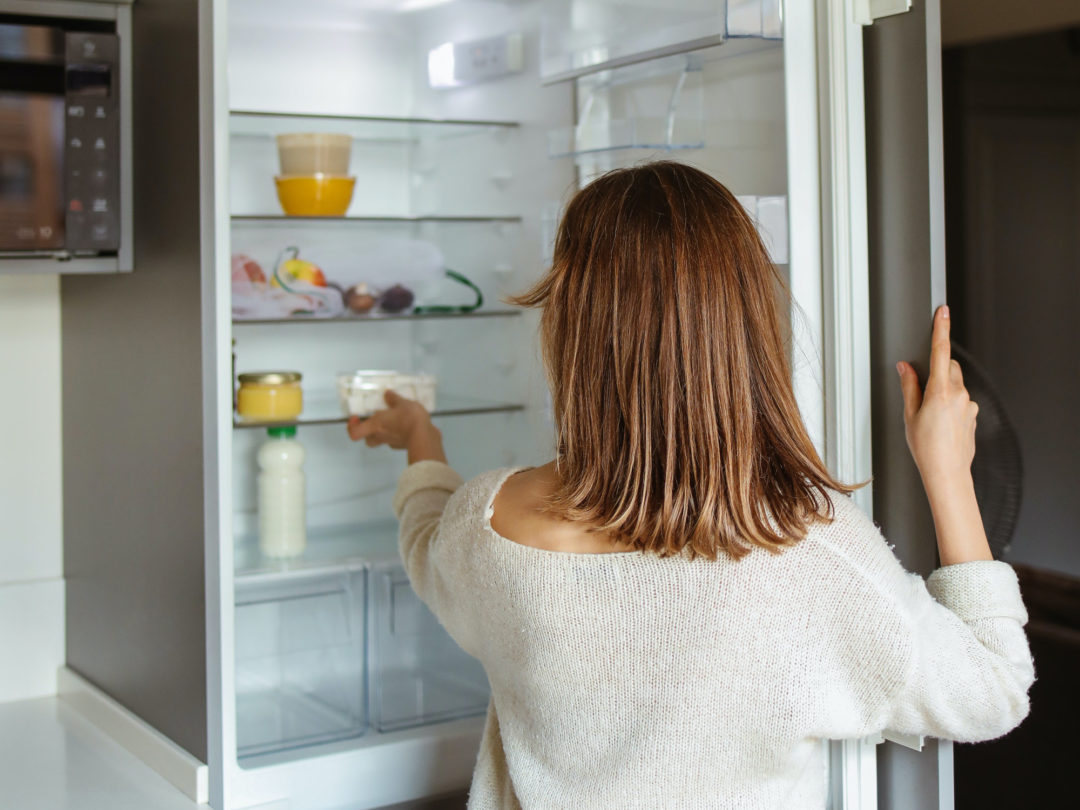
Online shoppers spent a record $204.5 billion this holiday season — an 8.6% increase from 2020, according to Adobe Analytics. Although growth slowed from prior years amid supply chain snarls and the emergence of the COVID-19 omicron variant, overall e-commerce sales continue to experience strong growth. Online penetration remains about 30% higher than pre-pandemic levels.
The past two years have been particularly transformative for the grocery industry. Online purchases of groceries and dry goods of course are not new — Instacart, for example, was founded in 2012 to address a then nascent need — but many online grocery shoppers did not make the shift until Covid came along. Previously, adoption was also largely confined to the most densely populated urban areas.
Many consumers who tried online grocery shopping for the first time during the pandemic show no intentions of abandoning it.
A December survey showed that more than 70% of U.S. households placed at least one online grocery order during 2021. That’s roughly one out of every two households in the U.S, and the active user base is increasing. Instacart CEO Fidji Simo expects that 20-30% of consumers will make online grocery shopping “part of the way they run their household” over the next five years.
The sentiment that extends beyond borders, too. A 2021 report from Mastercard projects that 70-80% of the grocery e-commerce surge will “stick around for good” in Argentina, Brazil and Mexico.
Notably, this shift is also disrupting consumer expectations for methods of fulfillment. The combined pickup and delivery segment now captures nearly 80% of sales in the U.S. e-grocery market — underscoring its “critical role in a grocer’s strategy.”
What does all of this mean for warehouse, distribution and fulfillment managers? Here are a few things to consider:
Post-Covid planning. The pandemic-related motivations that prompted many to first buy groceries online over the past two years has been replaced by convenience. Consumers now know they can order what they want, when they want and from their platform of choice — such as on an app while at work — then pick their groceries up at the time most convenient for them. While the early adopters of online grocery shopping largely contented themselves with two-day delivery, the market today is far different. We are seeing pickup and home delivery increasingly accompanied with an expectation for next-day or same-day options, all of which requires chains to take a very different approach to fulfillment and even customer service.
Quality consistency. It’s imperative to remember that online purchases and fulfillment, either at store or delivered to the home, do not occur in a vacuum. Consumers will have little patience for a flawed mobile shopping experience or a driver who is careless with their items.
Both will reflect poorly on the grocer’s brand. It must also be remembered that today’s consumers are increasingly hybrid shoppers who will shop in-store and online depending on needs and what is most convenient. The experience across all channels must be consistent. For this reason, and others, we are seeing some grocers create their own delivery fleets. That option, of course, is not for every chain or every market, but it underscores the importance of quality.
Fulfillment flexibility. Successful grocers’ existing warehouse operations are highly refined and advanced. Any changes should be carefully considered. For example, since the inception of online grocery shopping micro-fulfillment has been discussed as a natural next step; however, it is not an approach that will work for everyone or in every market.
In urban areas, we expect to soon see grocery “stores” that are purely pick-up sites where consumers are not allowed in, but can drop by to get the groceries they ordered. This is an evolution of the dark store concept. However, it might not make sense for many smaller or regional grocers in more rural areas where even getting a cellular signal or internet access — let alone shopping online — can be difficult.
For those organizations with the ability to adapt, now is a time of unprecedented opportunities. Grocers can deliver greater value, and build stronger customer relationships that extend beyond the store, across channels and into homes.
Jake Heldenberg is senior manager of North American warehouse consulting at Vanderlande, a provider of logistics process automation systems for omnichannel retailers.







